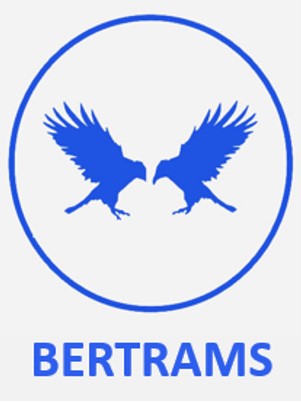Maintaining Competitive Advantage and Market Expansion in European Freelance-Driven Consulting
The consulting landscape in Europe is undergoing rapid transformation, driven by digitalization, workforce flexibility demands, and the rise of freelance ecosystems. For organizations like ours—specializing in integrated business planning (IBP), sales and operations planning (S&OP), and community-driven freelance collaboration—the dual imperatives are enhancing differentiation and identifying underserved markets. Below is a structured analysis of actionable strategies to amplify our unique value propositions and expansion strategy into high-potential sectors.
1. Amplifying Unique Competitive Features
1.1 Real-Time Escalation Tools: Operationalizing AI-Driven Responsiveness
The upcoming possibilities of utilizations of our platform’s real-time escalation capabilities positions us uniquely in a market where most competitors rely on manual workflows or basic notification systems. To leverage this:
- Integrate Predictive Analytics: Against others, our platform is preemptively highlighting unsecure objectives within possible delays in S&OP or IBP cycles within entities and their expected project-deliverables.
- Customizable Escalation Pathways: We offer clients tiered and hierchical tailored information plans for a detailed critical path analysis. Our diverse and alignement based initiatives, between customers and our freelance workforce supporters, within high-stakes IBP initiatives, enables automated alerts to inform each hierchical level in real-time on status and critical path, aligning each and every detail of proejct communication within our tools. Our feedback-process creates reasonable information-levels from customer-workforce through project managers of clients and freelancers up to C-suite executives.
- Cross-Platform Integration: We embed escalation tools into our collaboration hubs for the Teams, enabling real-time resolution without switching interfaces. Most of our clients do not yet see or understand the necessity of API integration within the communication tools for limiting critical friction in severe incidents.
1.2 Long-Term Freelancer-Client Alliances: From Transactions to Partnerships
Our focus lies in transforming freelancers from transient contractors into strategic allies, for maintaining our freelancers and clients relationships properly.
- Structured Onboarding-Tools: We align our freelance- and the clients’ project-managers first, developing and adjusting the project plan together: We expect them to identify together their team members, defining clear roles and describing via key words their project-capabilities, before engaging into further topics.
- Freelancer-Centric Loyalty Programs: We introduce tiered rewards for freelancers who complete multi-phase projects or receive consistent positive client feedback, offering them premium partnerships, incentivizing it systematically.
Our approach not only addresses current market gaps but also aligns with an industrial shift towards agile, collaborative business models. .
